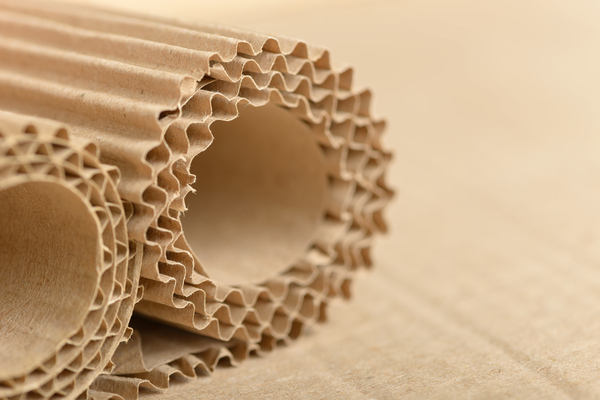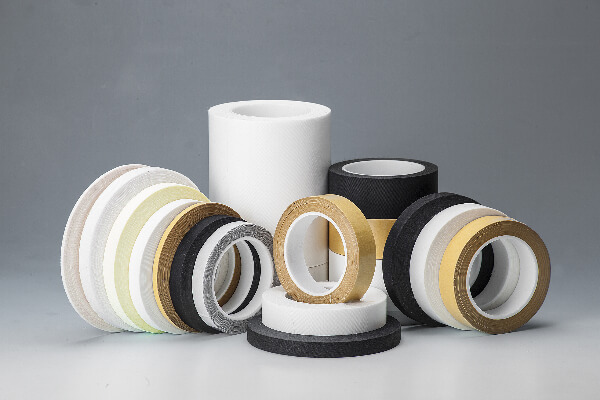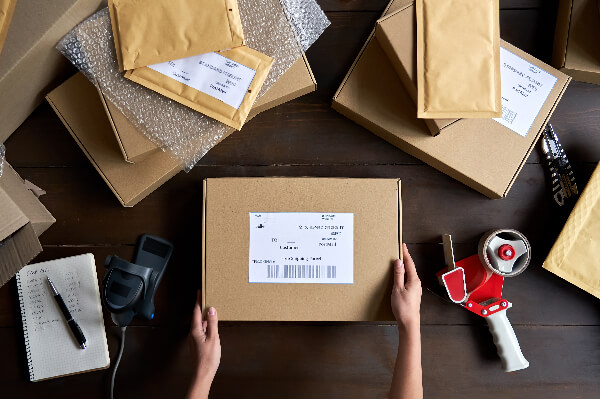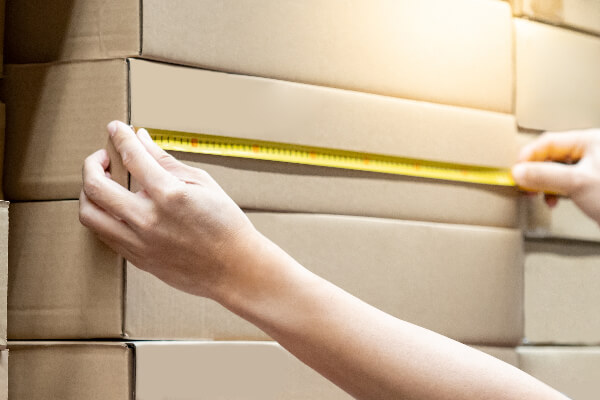Introduction
Have you ever heard of the die-cutting process? Well, it is the most important aspect of the packaging industry. If you belong to the community of businesses, or just starting a business, obviously you will need packaging for your products. That is where die-cutting comes into play. This blog covers the details on what is die cutting, and how it is used in the industry to make picture-perfect packaging boxes. Let’s dive in and discuss this amazing package-making process.
What Is Die?
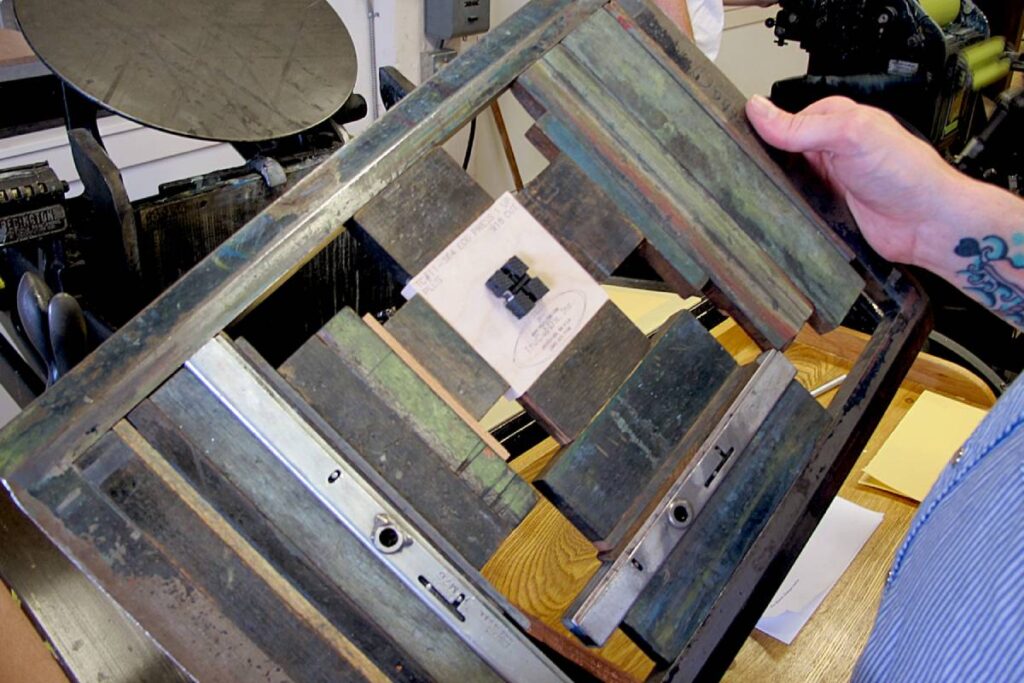
Die cutting is an important step and to understand the process, it is crucial to get the know-how of the elements involved. And, the main component is the die itself. So, what is a die?
Die is a custom-made metal/wood piece that is used to create the tailormade design of your packaging. Before starting the die cutting, the first step is creating your die. Die is created using machining tools and die makers. After that, it is mounted into the press.
Making a die is a one-time process and after the creation, you can use the die to cut millions of boxes. This becomes more cost-effective for businesses who want to produce large sets of packaging boxes.
For example, let’s assume that you have 4 different products that have the same box design. For that, you will need a single die that will ensure that the boxes are cut according to the size.
What Is Die-Cutting?
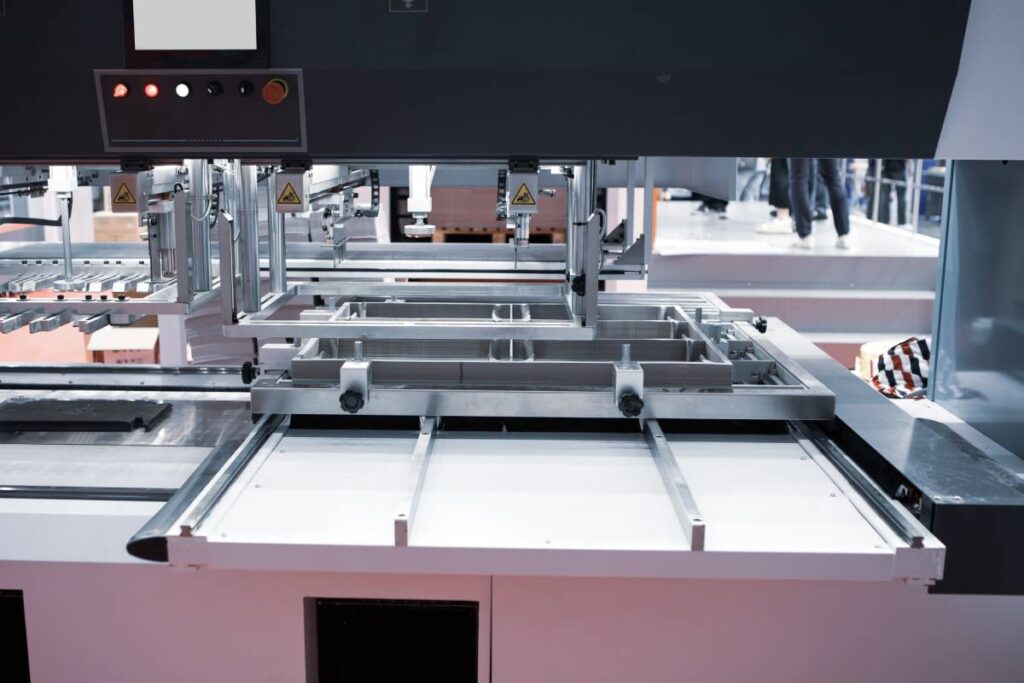
Now that you have an idea about the main part of die cutting, let’s talk about the die cutting itself.
Die cutting (Also known as fabrication) is a process that uses a series of specialized machines and tools to turn blank sheets into stock material using cutting, forming, and shearing. In the world of printing, die cutting is used to create custom-shaped boxes and labeling designs.
We talked about die being mounted into the press. The press used is called die cutting machine. Think of this whole thing as a cookie cutter, but instead of cookie dough, a sheet of materials is used here. The die forms the shape of the design selected, and the excess (Matrix) material is removed. Hence, comes out the design of your box.
Application
Let’s talk about the application of die-cutting in the packaging industry. Suppose you have a business of pizza delivery. We will assume that you have seen those triangular pizza slice boxes. Those pizza boxes are made using die-cutting.
Another application is custom labels for army badges. We are pretty sure that you have seen name tags and regiment logos on soldier’s uniforms. These labels are made from clothing material, and the shapes are given using the die-cutting method.
Lastly, custom-made stickers are another example of die-cutting. The stickers are formed using the die created. Then, the colors are printed on stickers. It can be vice versa.
Types of Die-Cutting
The world of die cutting comes in many shapes and sizes, and they are suitable for different types of labels. To achieve this, there are three different types of die-cutting processes. The types that we are going to talk about are:
Flatbed Die Cutting
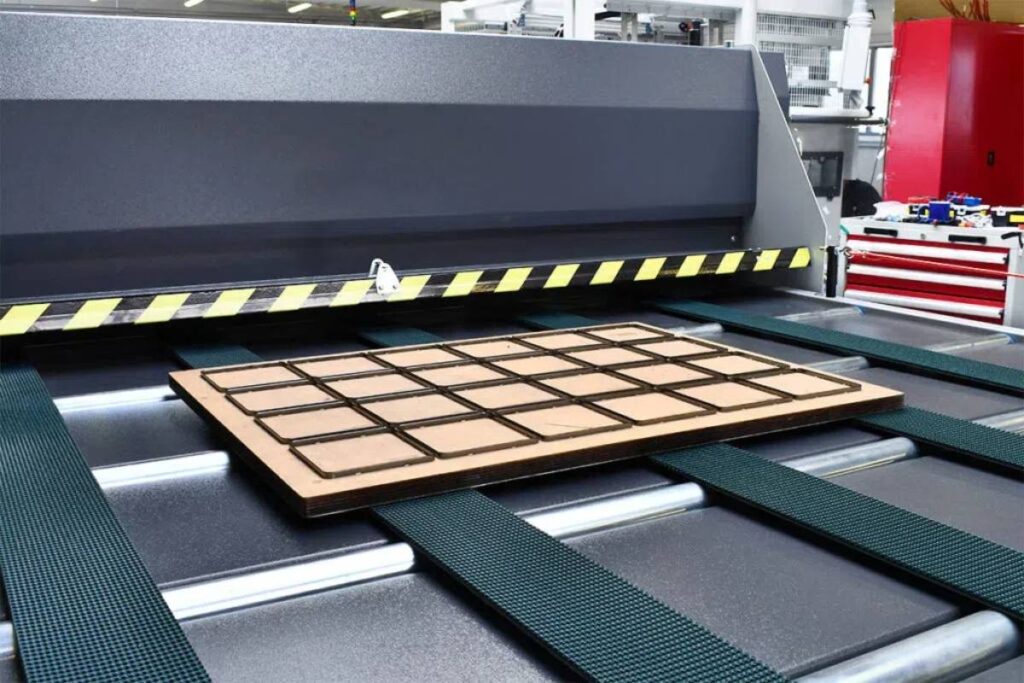
If we talk about flatbed die-cutting, this system uses machines such as press or hydraulic lifting to press the die and cut the shapes from a sheet of material. Flatbed die cutting is mainly used in applications that don’t need large bulk produce, or it is used for creating labels for large products. This method is feasible for materials that have large thicknesses such as fiber, clothing, and metal.
Rotary/Semi Rotary Die Cutting
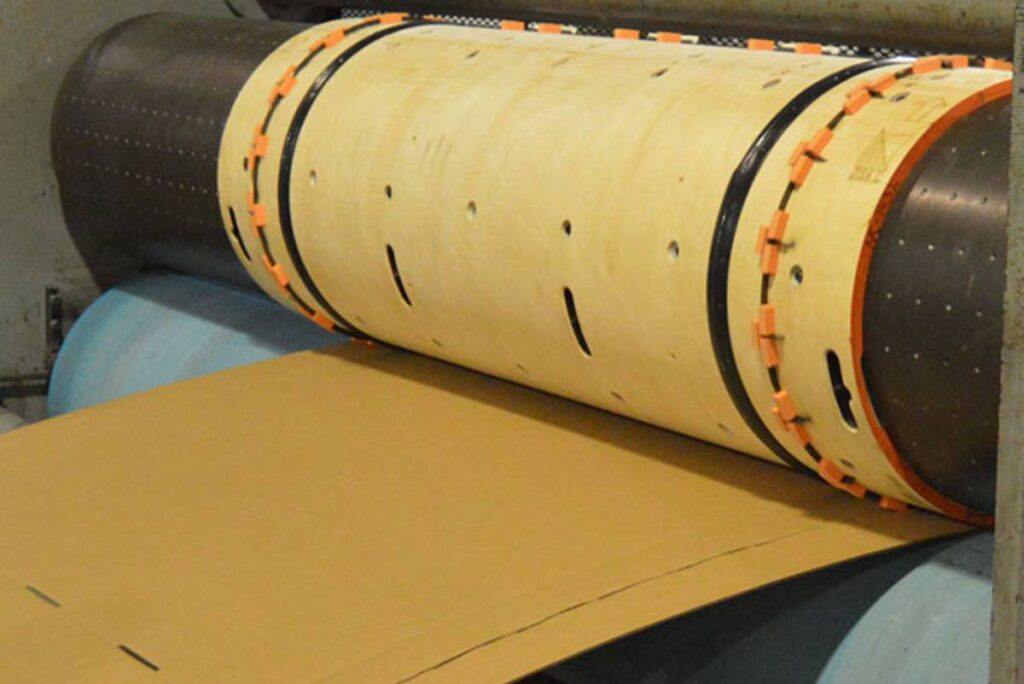
Rotary/Semi rotary die cutting is used for making bulk packaging. In this type, long lines of material webs are passed down using rollers in the forward direction. The top of the machine contains a rolling die attached to the cylinder. As the die revolves, it cuts down the material, forming the shape.
Semi rotary die-cutting machine is the same as a rotary machine. However, there is a slight difference that makes the semi-rotary cutting machine more feasible. Unlike, rotary die-cutting, semi-rotary machines hold the capability of moving webs in a back-forth direction. This makes clean cuts and allows packaging makers to make complex designs, without any hassle.
Digital Die Cutting
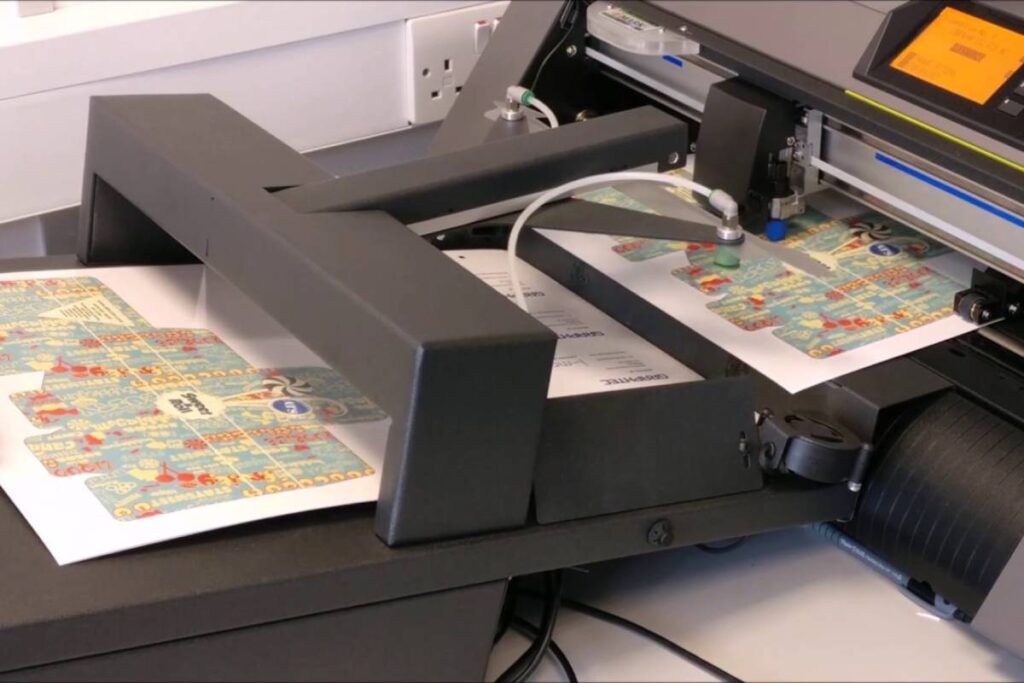
Digital die-cutting is the latest addition in the packaging industry and it is more accurate than traditional die-cutting methods. Instead of molds/dies, digital die cutting uses Computer-Aided Design (CAD) to make the design cuts, allowing for a more finished design.
Difference Between Manual vs. Digital Die Cutting Machines
The world is moving towards modernized solutions, allowing packaging makers to improve and optimize their designs. In this section, we will talk about the major differences between digital and manual die machines. Moreover, the chapter outlines the benefits and limitations of both types of machines.
Manual Die Cutting Machine
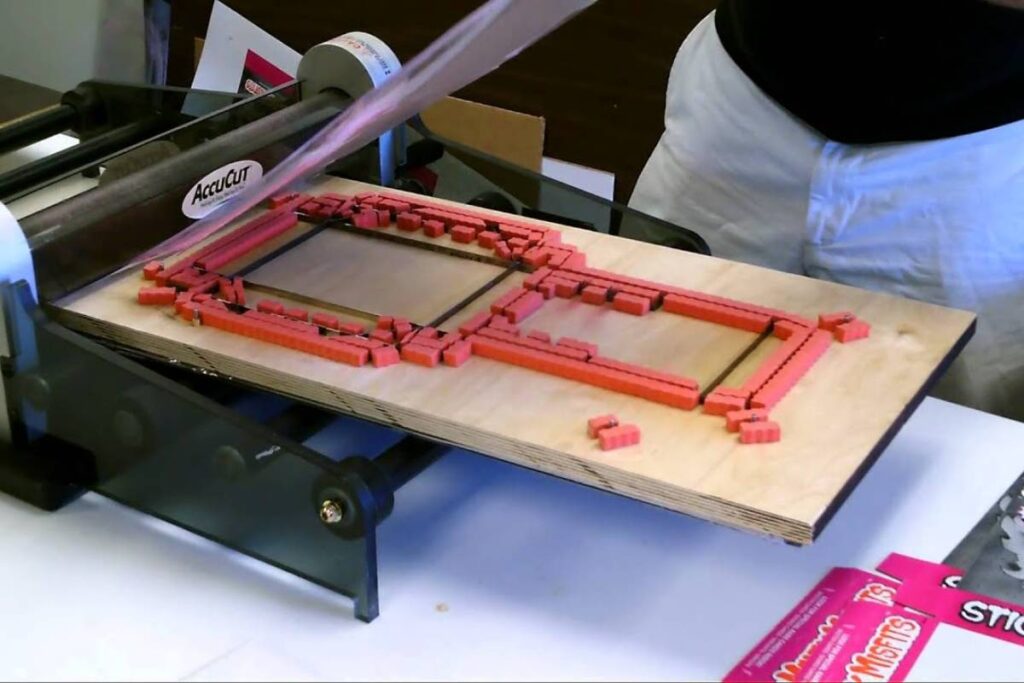
Manual die-cutting machines consist of user-designed die and press machines. Material is placed in the machine, the die is attached, and the operator manually starts the machine using a lever or button. Using this, the machine puts pressure on the material, and then the shape is formed.
Advantages of Manual Die-Cutting Machine
- Manual die-cutting machines are easy to operate since they don’t require any technical skills such as CAD or electrical skills.
- Manual die-cutting machines are cost-effective and are perfect for new starters.
- The machines are portable, making them suitable for constrained spaces or traveling.
Disadvantages of Manual Die-Cutting Machine
- With the manual machine, the designs are limited because every design requires an individual die. This becomes costly for complex designs.
- Manual machines are labor-insensitive and require manual effort to make the designs.
- Manual die-cutting machines are perfect for tasks. However, they are less accurate and are not precise.
Digital Die Cutting Machine
Digital die-cutting machines contain a series of computers and sensors to control the cutting steps. The machines use CAD files (DWG, DXG) that are designed on the computer. Digital die-cutting machines leverage the power of laser, water jet, or blades to cut and form the packaging design, allowing more accurate and precise cutting.
Advantages of Digital Die-Cutting Machine
- Digital die-cutting machines are ideal if you are making complex designs and expect precision and accuracy.
- Digital machines offer design flexibility, meaning you can change the design without needing to cast another die.
- Such machines can automate the cutting process, cutting the labor, and are perfect for the batch-making process.
- Digital cutting machines can cut through a variety of materials including fiber, cardboard, metal, leather, etc.
Disadvantages of Digital Die-Cutting Machine
- Digital die-cutting machines are expensive, and cuts from these machines can be costly for business owners
- In order to operate these machines, users have to learn computer skills.
- Digital machines come in huge sizes which requires more space.
The Role of Dieline in Custom Die-cutting Process
In the packaging world, we are sure that you have heard the term “Dieline”. Dieline plays an important part in the die-cutting process because it is a template that ensures that the final package is in the correct layout.
Dielines are created using die cutters or a printer. This is used in the production of bulk orders of products such as folders, boxes, and envelopes. Die lines consist of the following lines in the design.
- Perforation Line
- Cut Line
- Fold Line
When a designer has created the design along with the dieline, it goes into the printer. The print prints all three lines for indication. The machine then perforates and cuts according to the design line, making it ready for folding. The folding lines indicate where the boxes need to be folded to assemble the box.
Methods of Different Die-Cutting Process
In the above chapters, we discussed about different die-cutting methods and the differences between manual and digital die-cutting machines. To continue, die-cutting processes involve different methods that are widely followed in the industry.
Drawing
The drawing method is used to create long and lean packaging using the predetermined length.
Blanking
Blanking involves cutting flat material using the slicing from exterior edges. This method produces products with accurate degrees and pin-point precision.
Coining
Coining is used to create design features such as oval and circle holes in the material. This is done by using pressure force.
Forming
If you want to make cylindrical shapes, the forming method is used for that. This method is used in tandem with the design that creates curves on the material.
Broaching
Broaching is a method of cutting through thick materials such as metal, or acrylic using a set of cutting teeth.
FAQs- Things to Know About Die-Cutting Process
We hope that we have given you all the related information about the die-cutting process. The 101 guide includes data such as types, methods, differences, and advantages/disadvantages. Despite the complete information, here are some of the common things that you need to know before going towards the die-cutting process.
Is it Possible to Make Your Own Metal Dies ?
Yes, it is possible to create your own metal dies. Metal dies are created using CNC and machining tools. Give your designs to a die maker, and he/she will make your own custom metal dies that you can use for batch printing.
Information About Cutting Plates (Pads)
Cutting plates or pads are also known as die-cut sandwiches. The sandwich ensures that the right amount of supplies, tools, and machine pressure is being applied. Think of this plate as a layer. Remember the cookie cutter. Consider the plate like your hand pressing the cutter.
Using Die-Cutting to Create Custom Packing
Die-cutting is specifically used to create custom packaging for businesses. Digital or manual die-cutting machines can be used to create accurate packaging for your products, leading to improved brand identity. The advantage of the die-cutting machine is that e-commerce business owners can use a variety of materials to create custom packaging. This not only makes sure that the packaging is appealing but also provides optimum protection during transit or shipping.
ReanPackaging provides professional wholesale packaging boxes service for our customers and is experienced in die cutting, so if you have any questions about it welcome to contact us.
